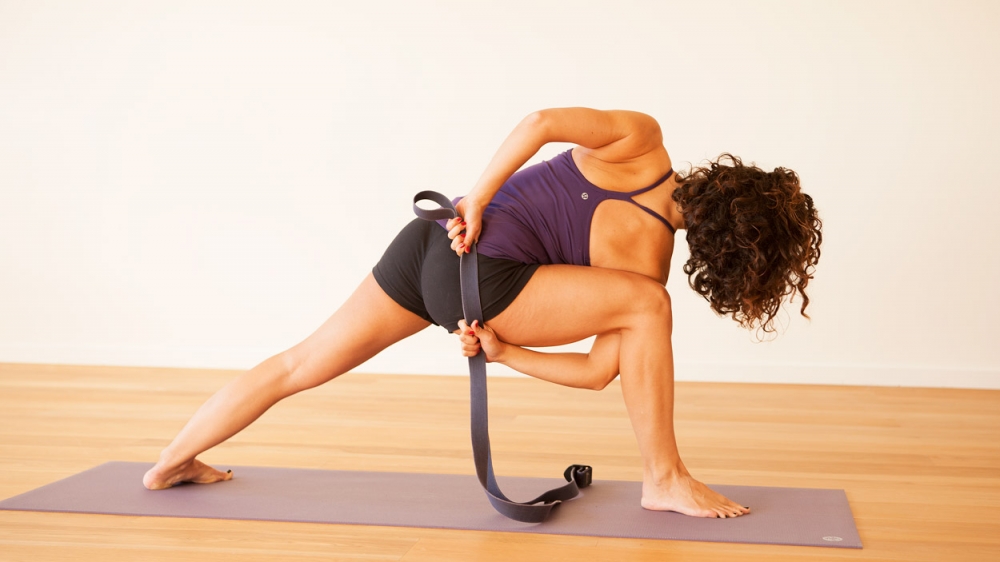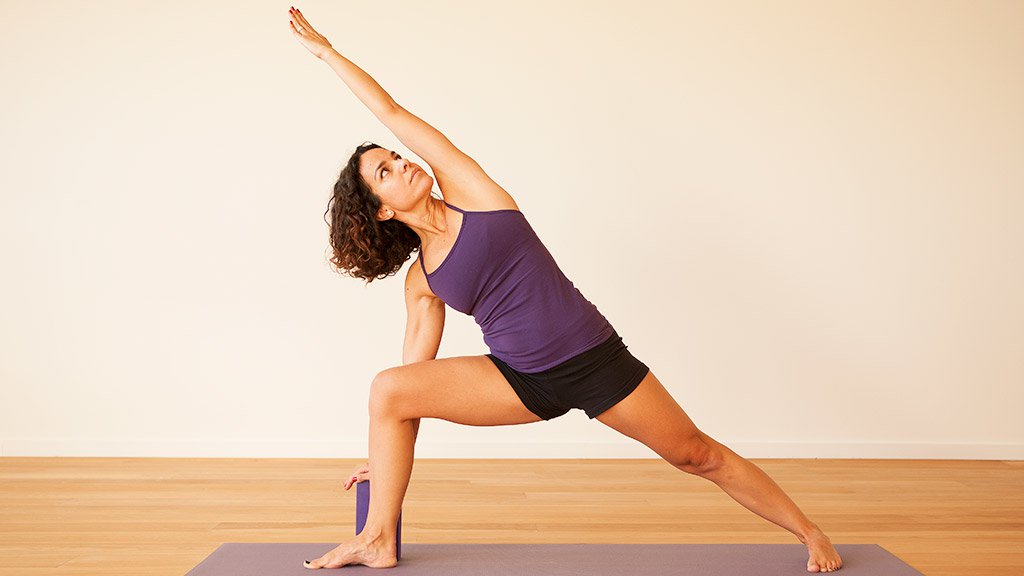Iyengar yoga is named after and developed by B.K.S. Iyengar who was a student of T. Krishnamacharya. Together with Pattabhi Jois (who developed Ashtanga yoga) Iyengar was partly responsible for bringing the practice of modern yoga, as we know it now, to the West.
“Iyengar yoga descends from the most classical Hatha yoga tradition. It has evolved into a precise and clear method that’s easily understood by the modern practitioner. Lots of attention is paid to the technical alignment of the poses to keep the mind drawn inwards, but also focused and connected to reality.” ~ Adela Serrano, Iyengar teacher
What are the benefits of Iyengar yoga?
Photographs of Mr Iyengar, who died at the age of 95, may be proof alone that the benefits are plentiful! A regular practice can help you to:
- improve physical and psychological health
- alleviate postural/structural problems
- release tension
- increase focus and concentration
- boost energy
- connect with your body and breath
Mr. Iyengar started practicing yoga because he had poor health as a child. With daily practice, his health and strength improved and he experienced great benefits in his own body. This enabled him to develop an extensive knowledge of anatomy and a therapeutic approach to the practice.
He recognised that all bodies are unique and have different strengths and weaknesses. He, therefore, advocated the use of props – blocks, chairs, belts, and blankets, etc. – to help students to gain the alignment suitable for their bod, meaning that asanas could be practiced safely and harmoniously.
What makes it unique?
Iyengar Yoga focuses on three aspects: alignment, sequencing and timing.
- Alignment means maintaining the intended pose while respecting the body’s boundaries. Iyengar yoga encourages the use of props to assist students within an asana without putting them at risk of injury. Effective alignment can help to achieve balance between body, mind and breath.
- Sequencing – the particular order that the postures are practiced in. This enables a safe and structured progression of the poses, along with the ‘opening’ and balance of the physical and emotional body.
- Timing: unlike Vinyasa Yoga, in Iyengar yoga we hold poses longer periods of time. When stability is achieved in a pose, it’s then possible to safely intensify the depth of the posture. This helps to help develop strength and flexibility, along with sensitivity and awareness between the body and mind.
Teaching the practice
Iyengar yoga teachers undergo a strict and in-depth training of three years before they get their first certificate. Afterward, their training is ongoing according to standards set by the various Iyengar Associations in the world and supervised personally by the Iyengars in Pune.
Iyengar Yoga for Beginners on EkhartYoga
The style’s attention to alignment and use of props to help students access or gain greater stability within poses means that it is ideal for beginners can be therapeutic for people with postural issues. Try our program for beginners with Adela Serrano who will guide you through the basics.
Iyengar Yoga for intermediate and advanced students
Although this style of yoga may not offer as intense a cardiovascular experience as, for example, a Vinyasa Flow or Ashtanga practice, it’s great for intermediate and advanced students too. Holding the poses for longer helps to develop strength and increase flexibility, as well as encourage a deeper connection to the breath, the present moment and develops overall concentration.
Read more about Iyengar Yoga, on our Yoga Styles page or take a look at all of our classes.


